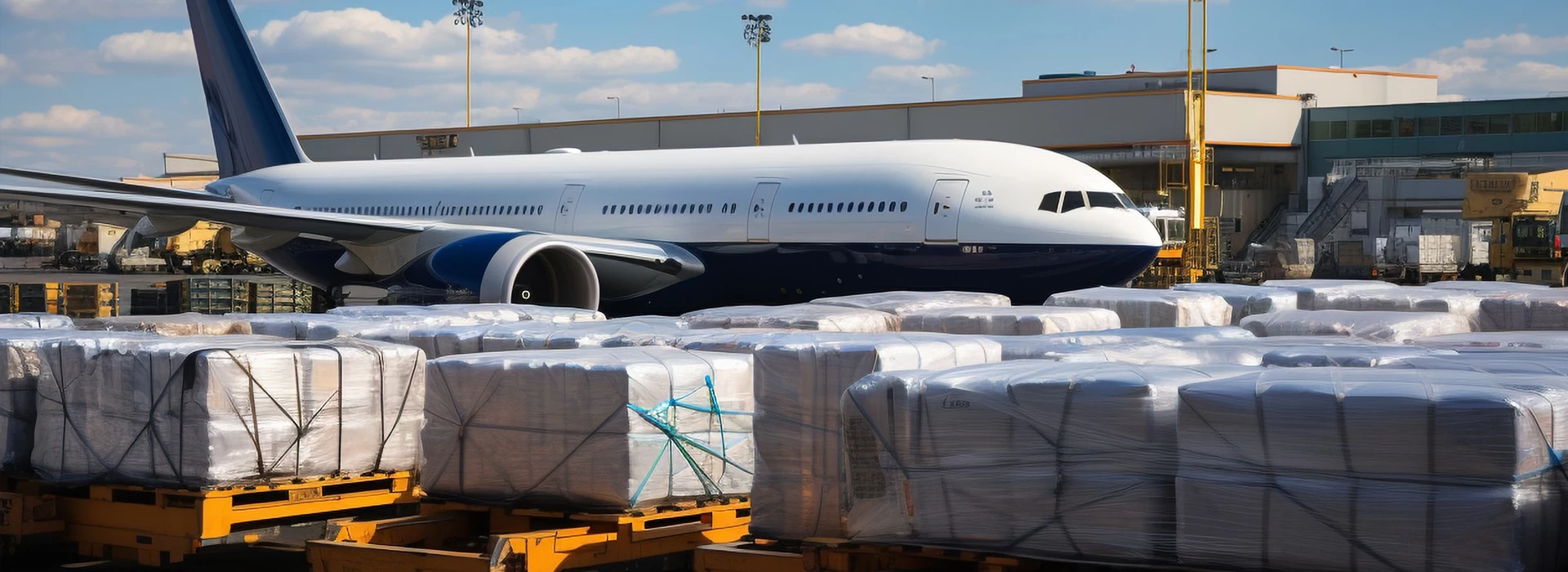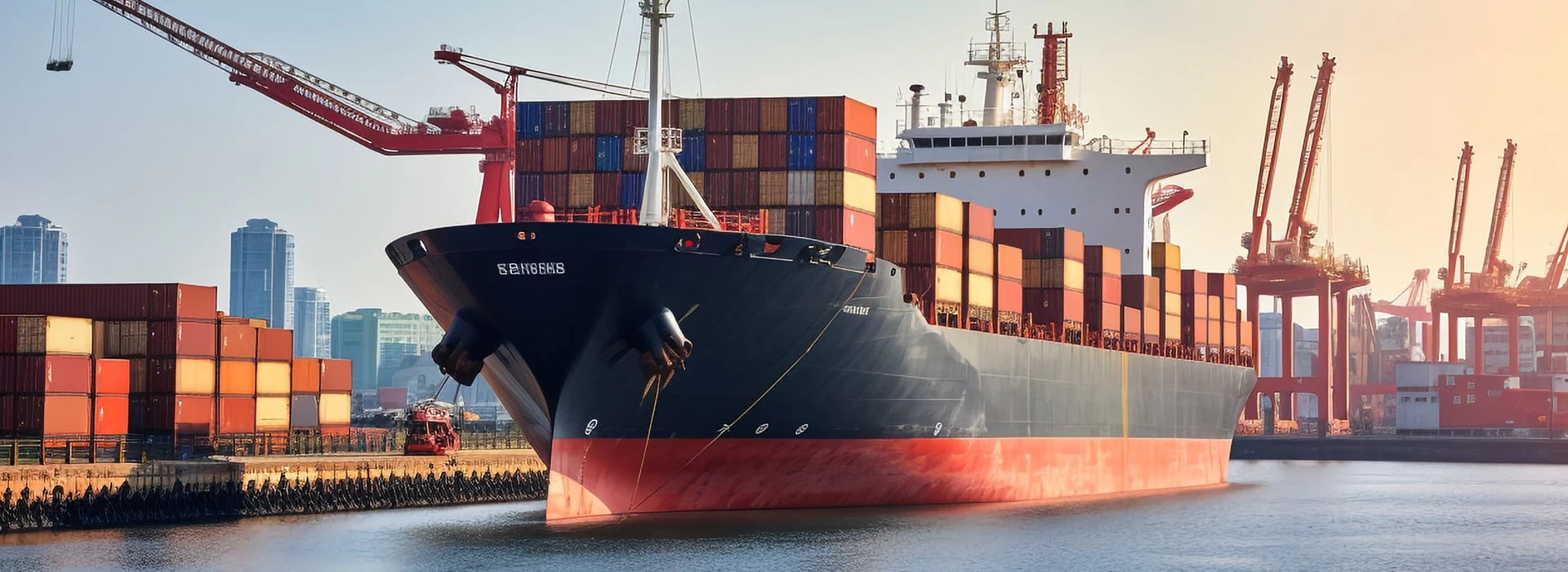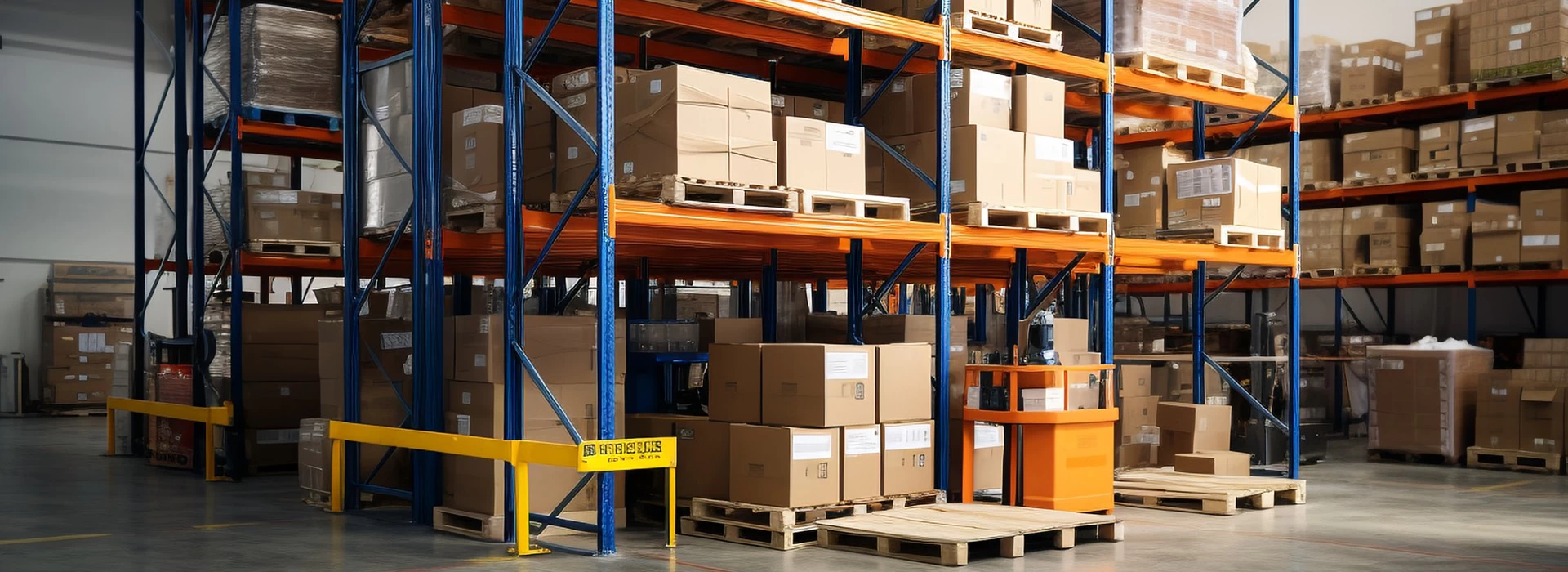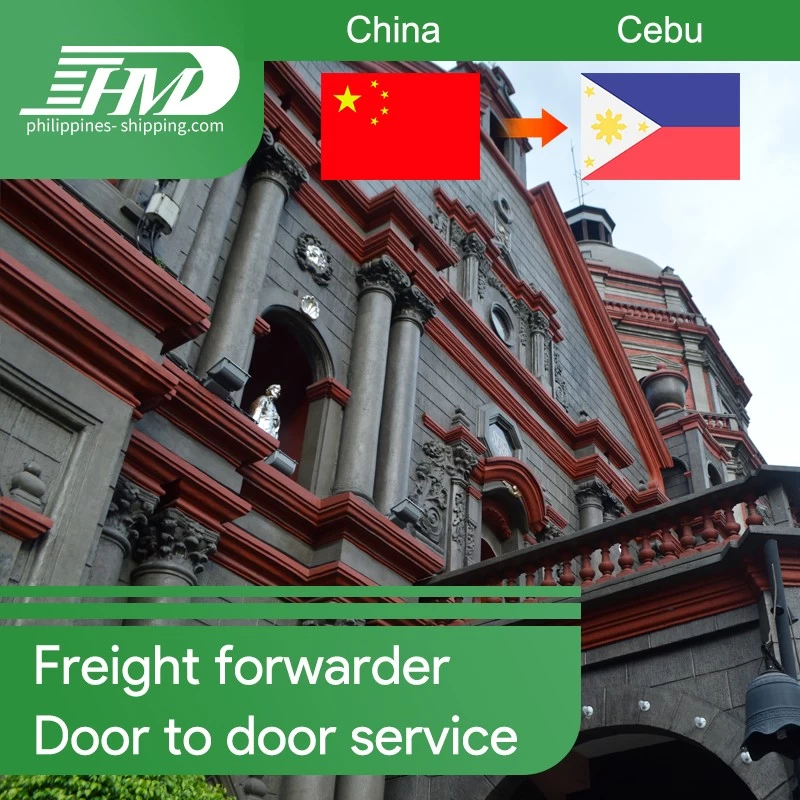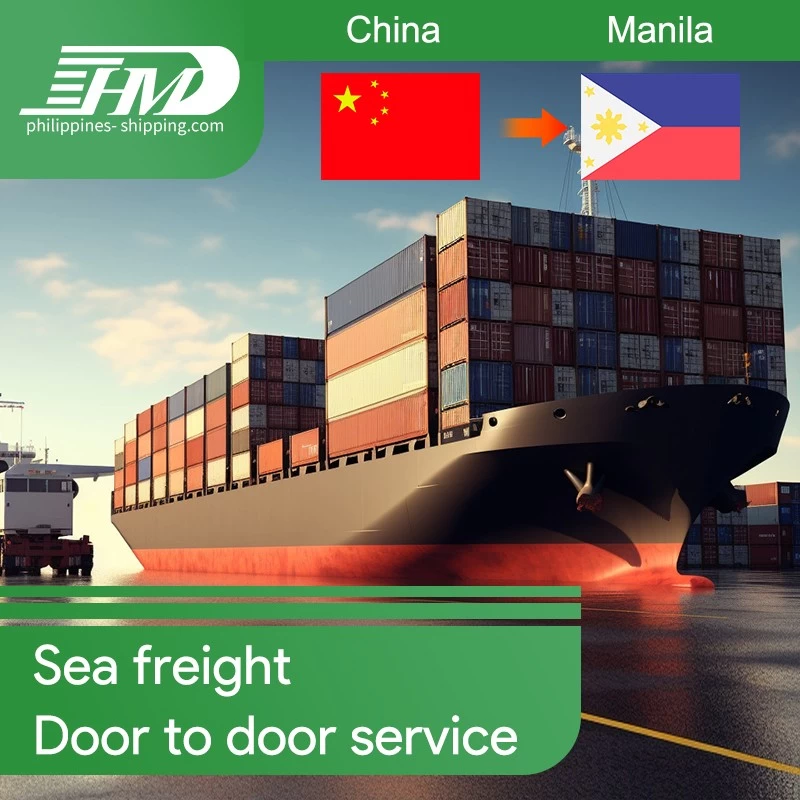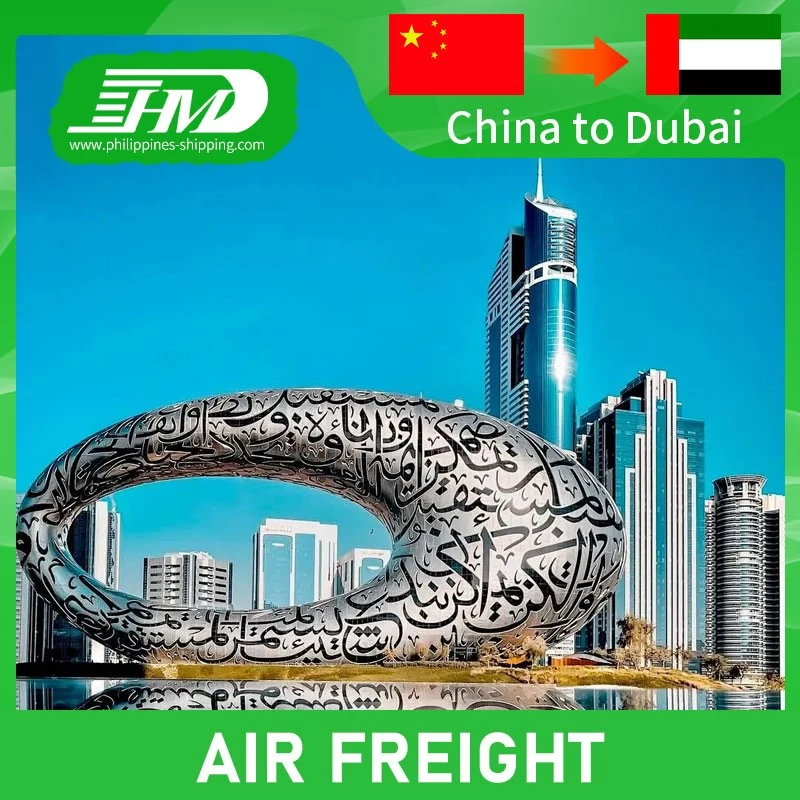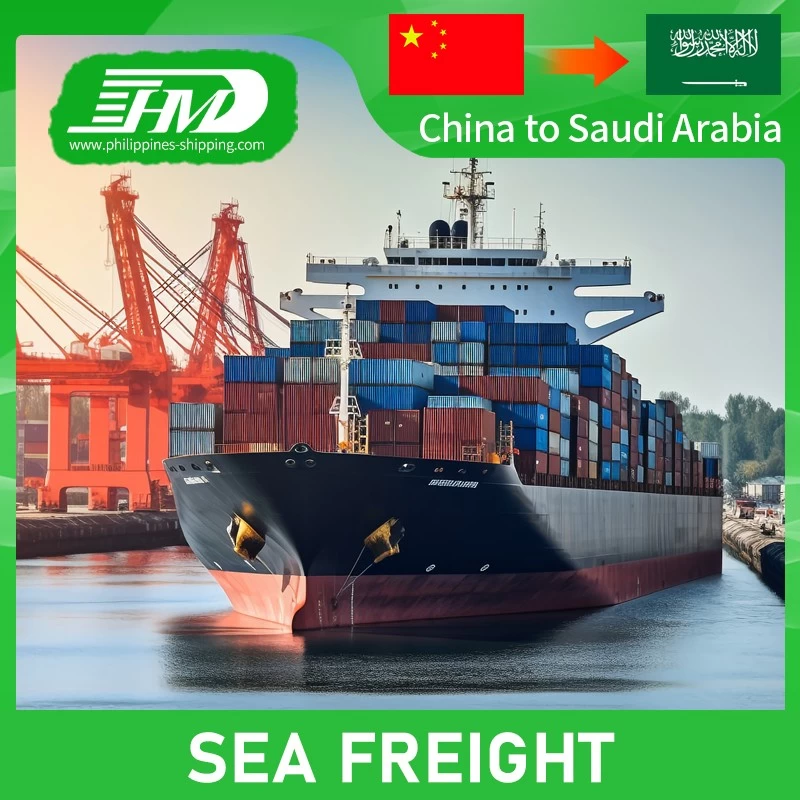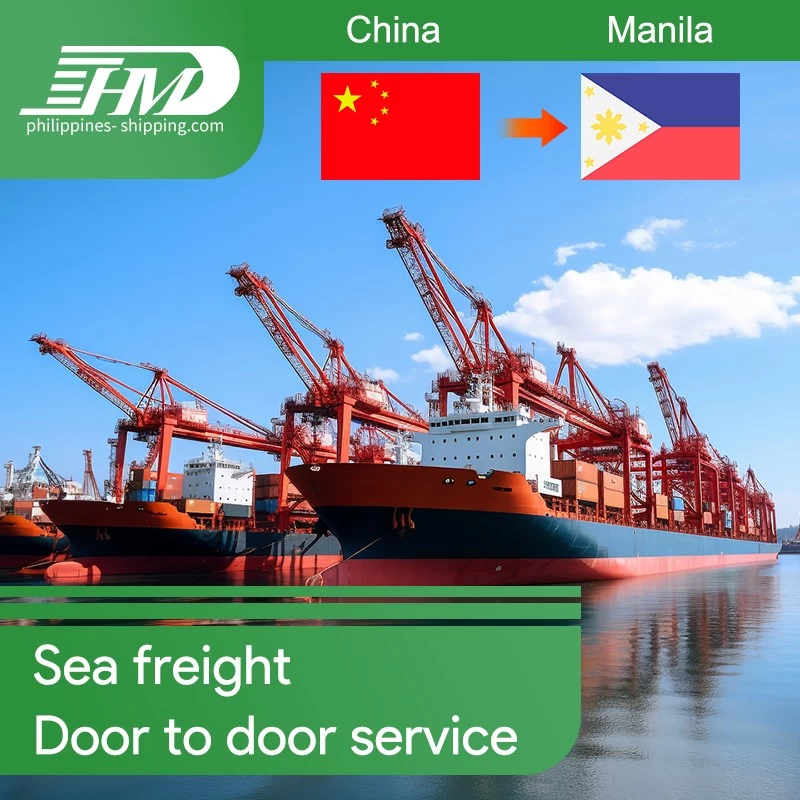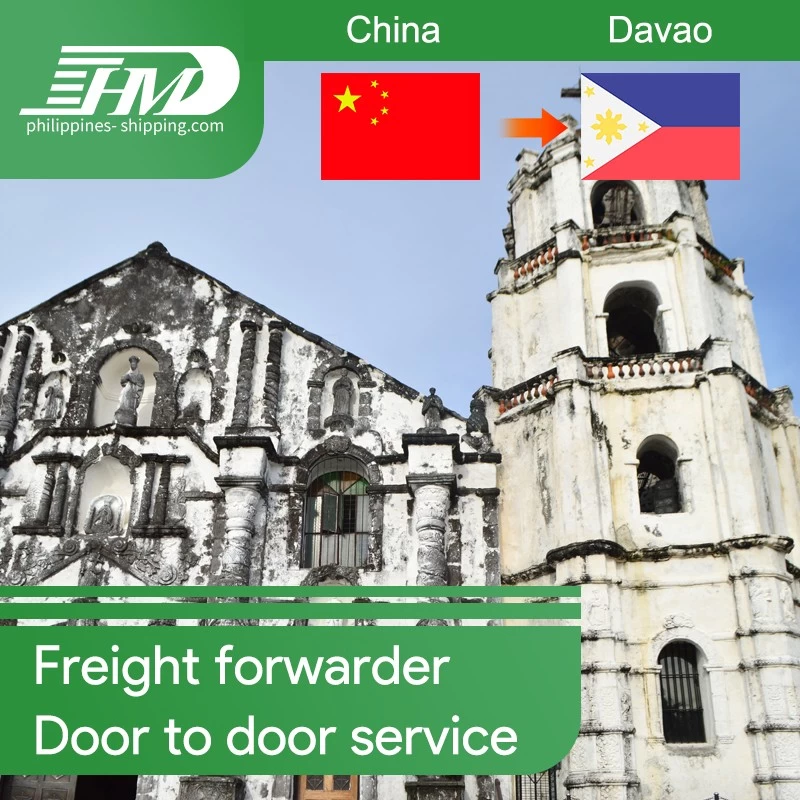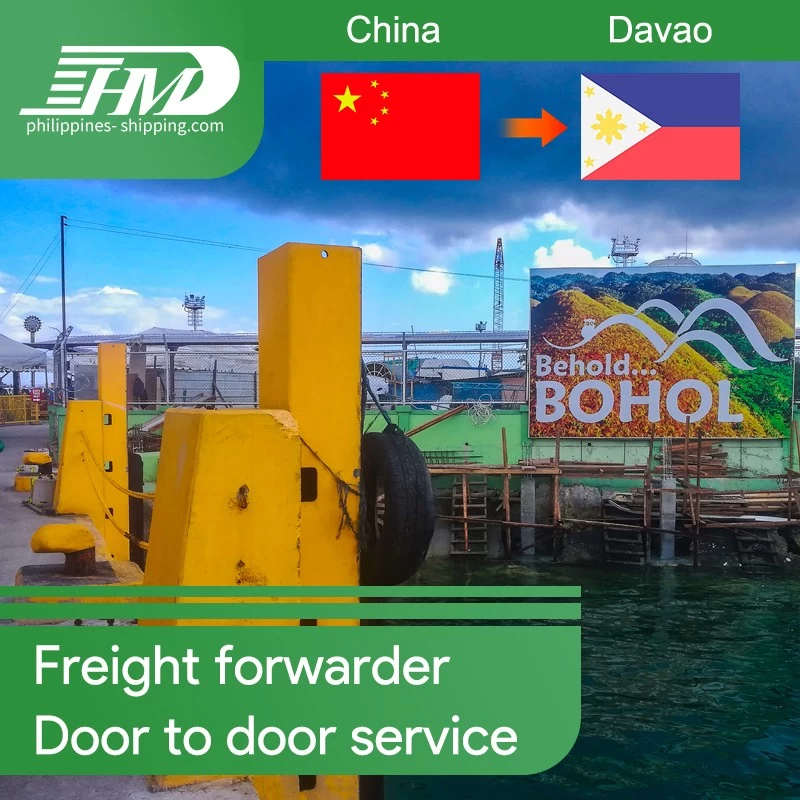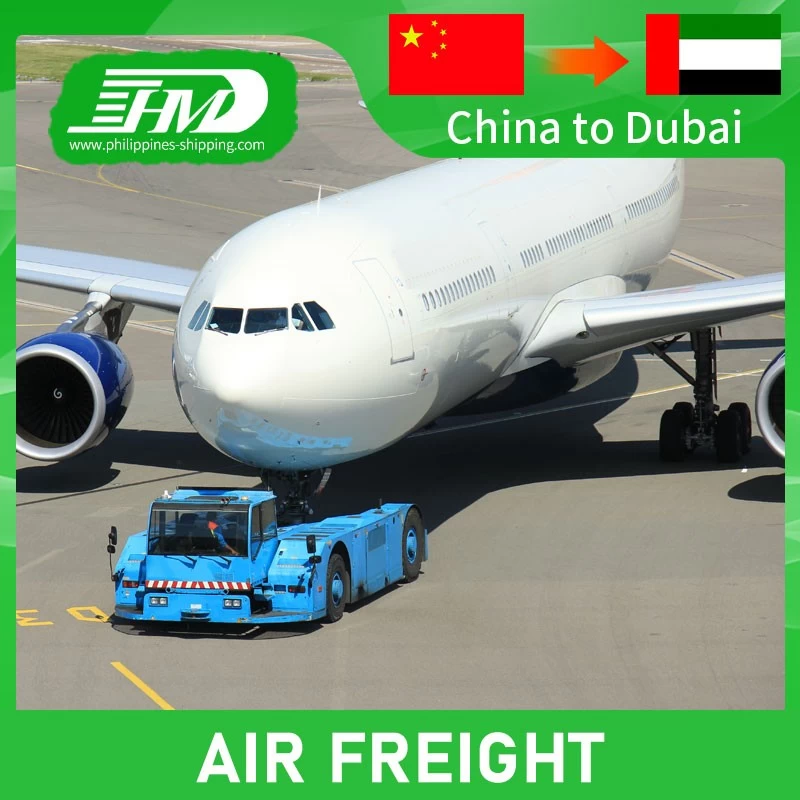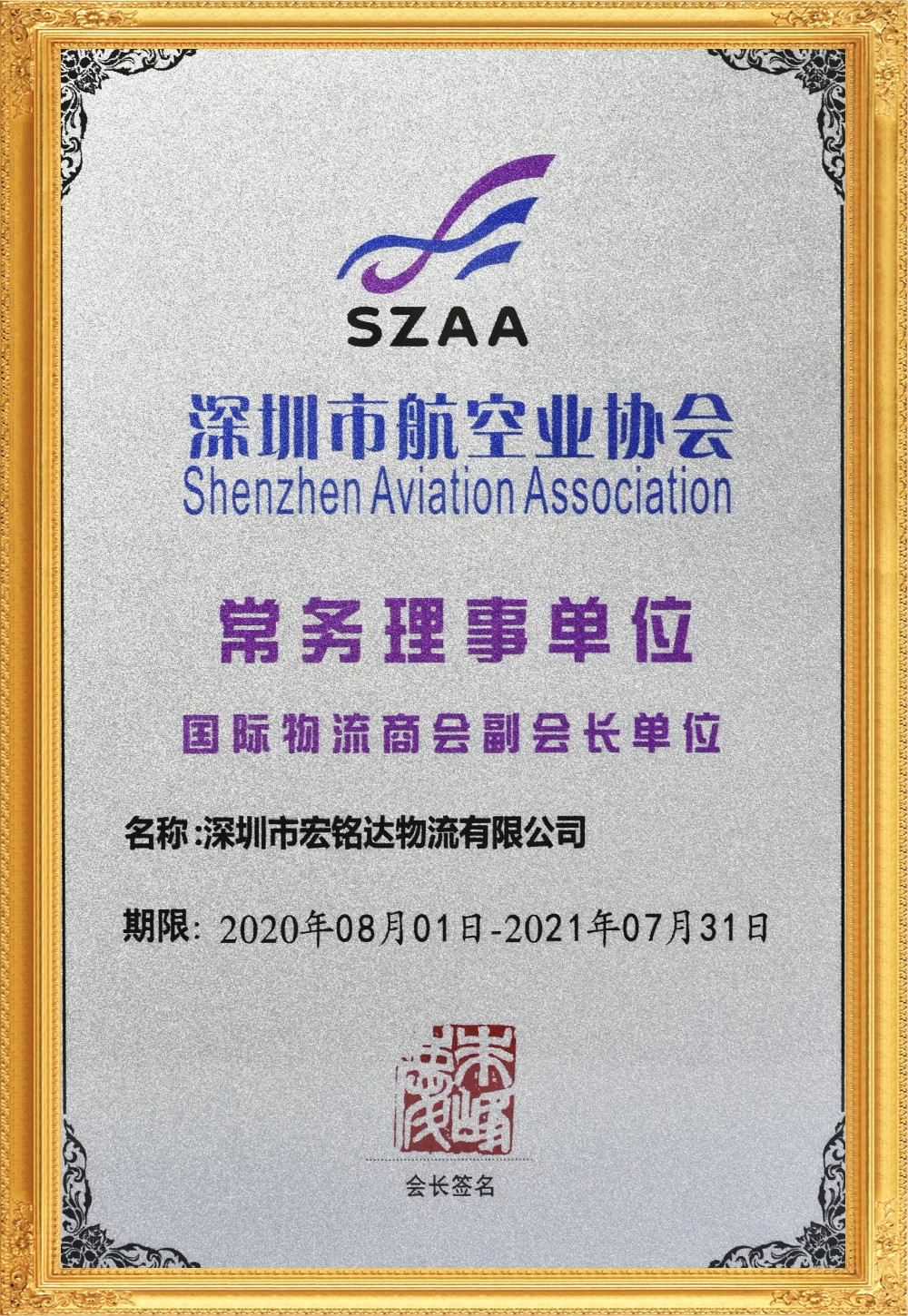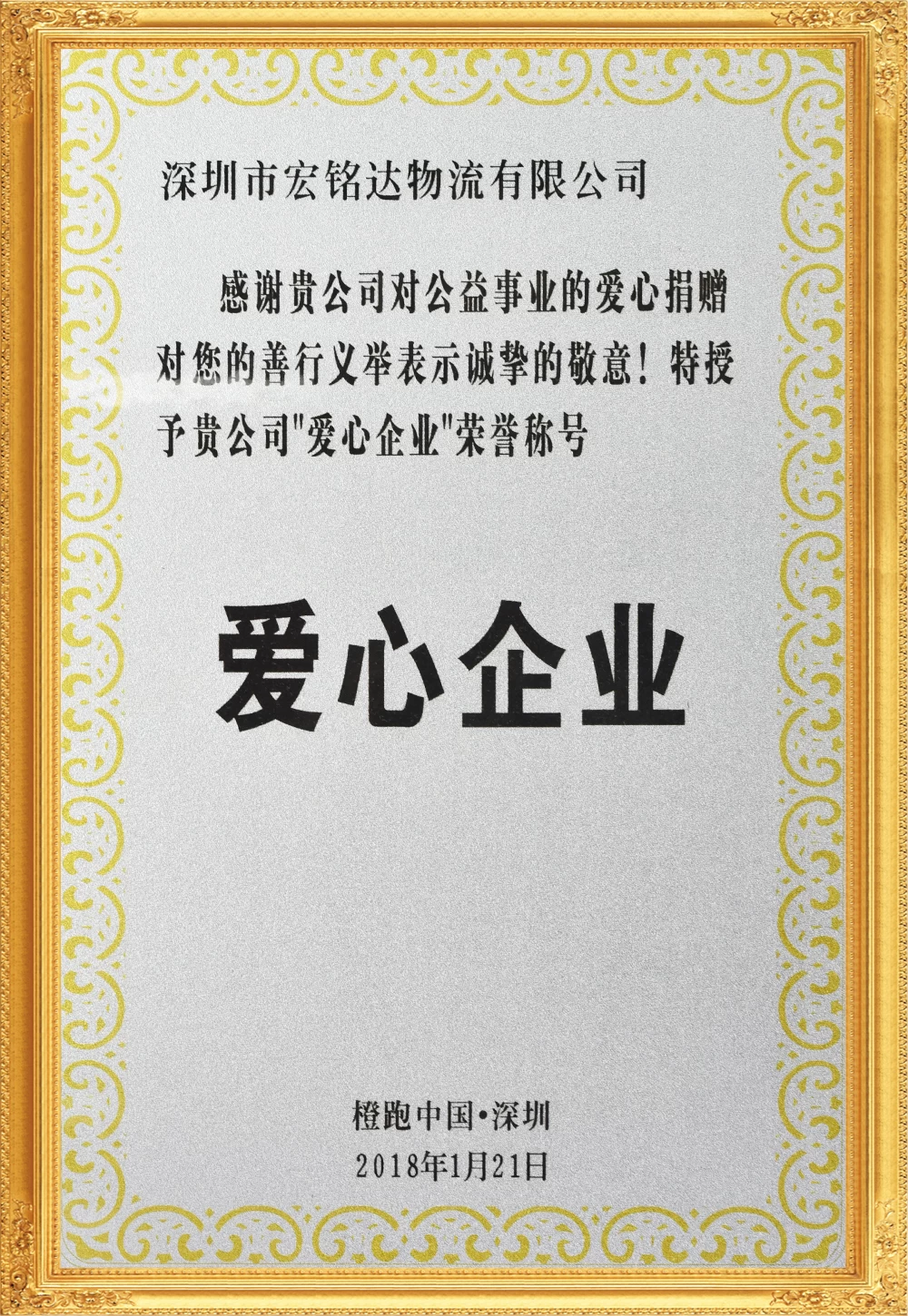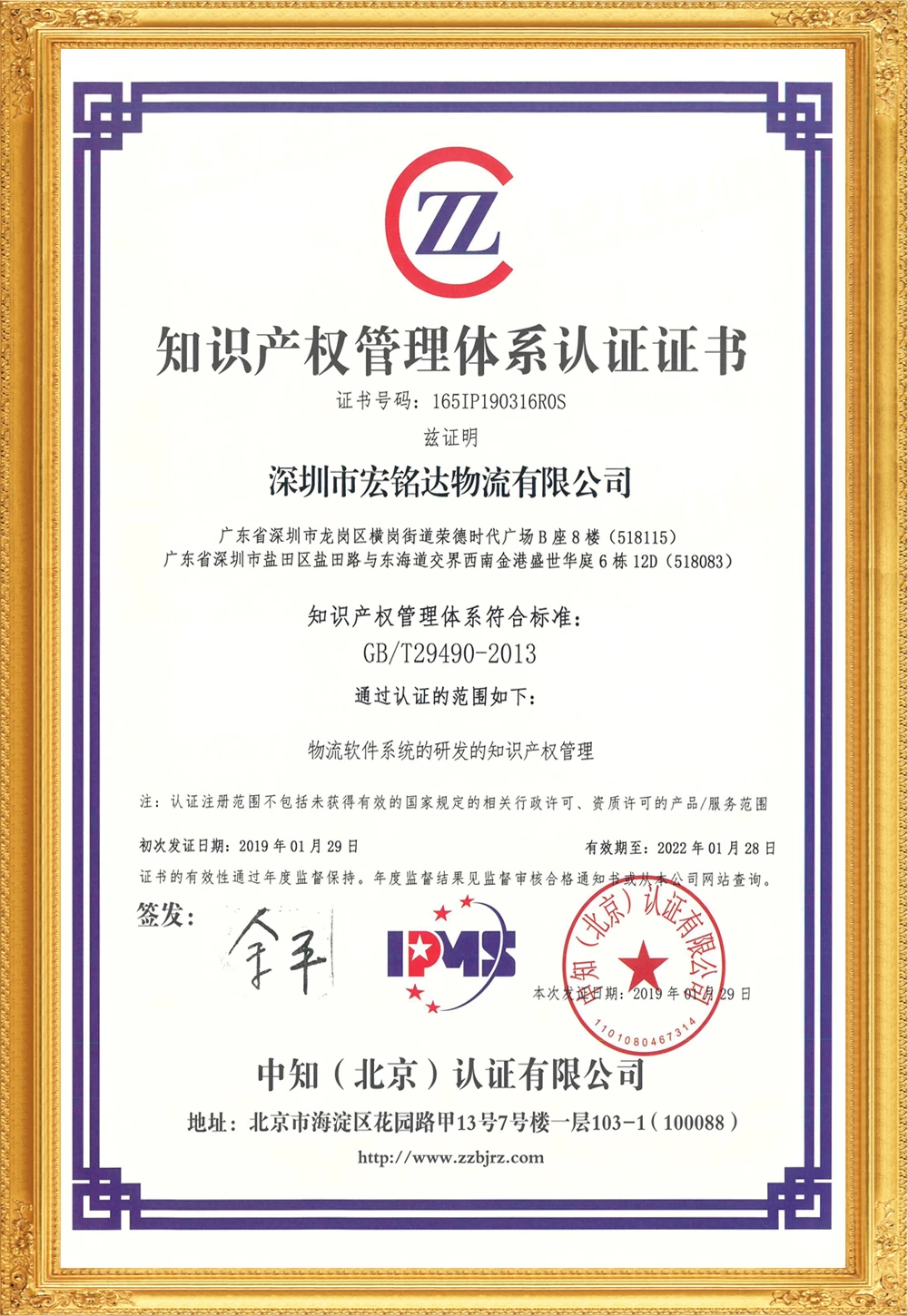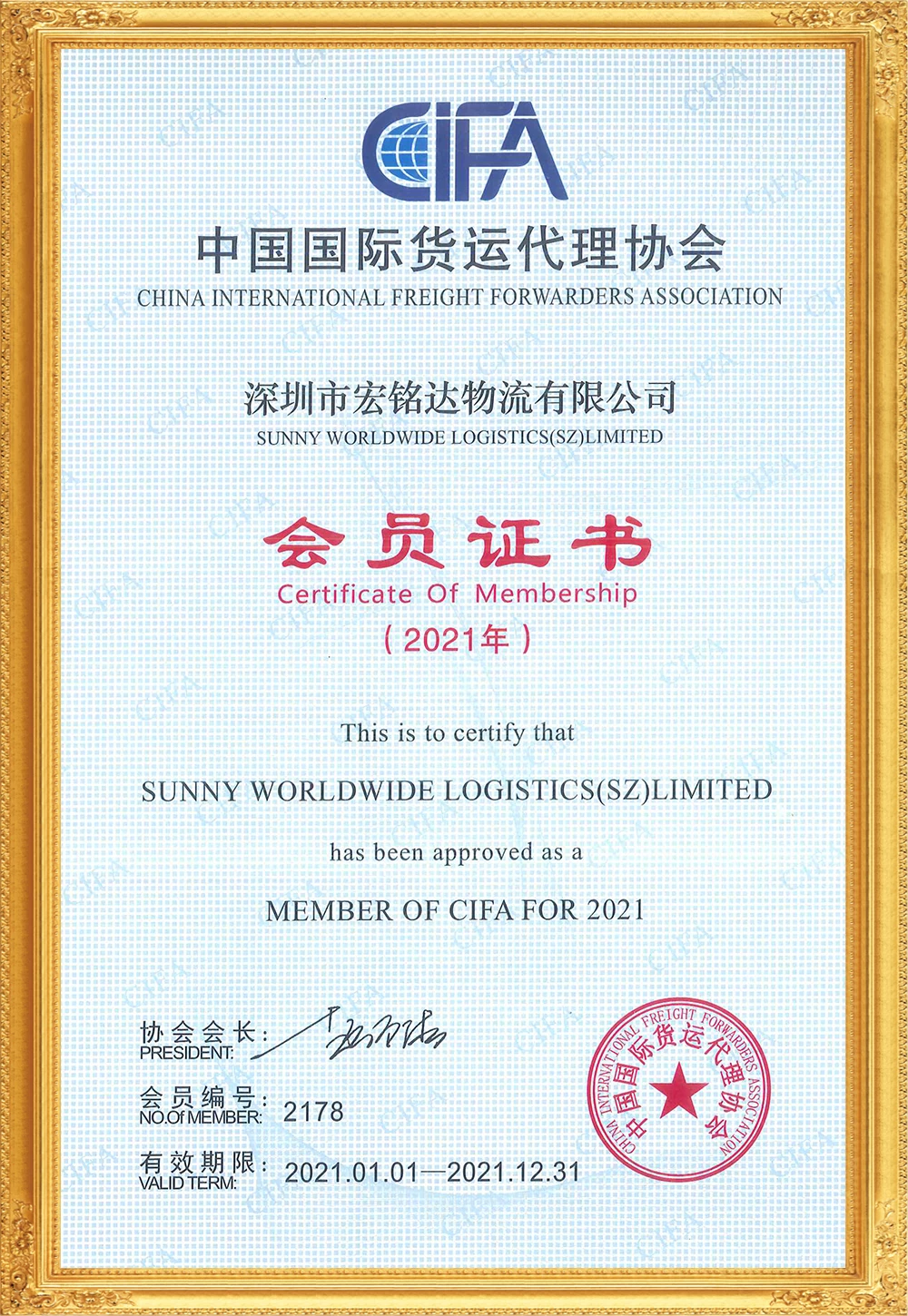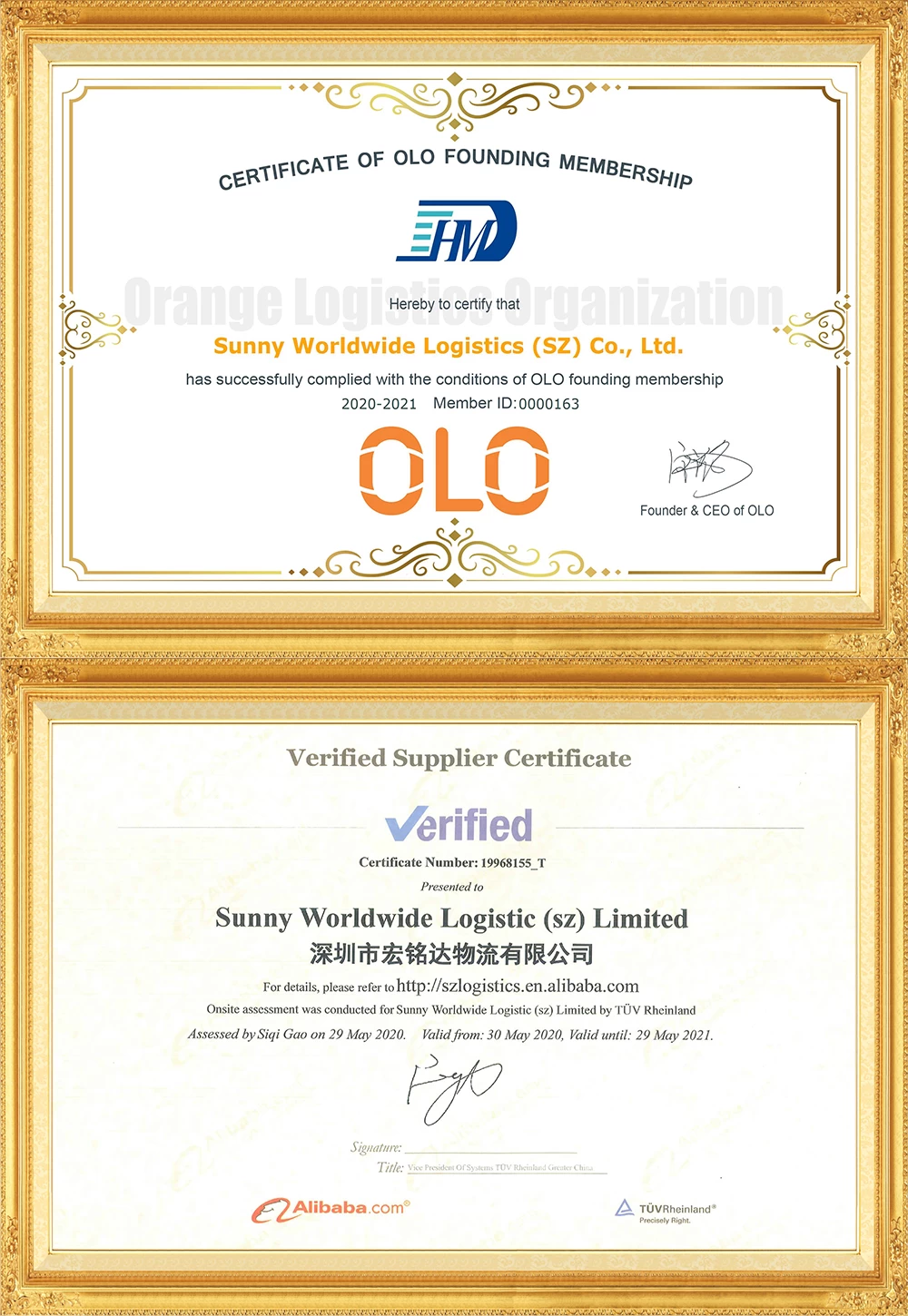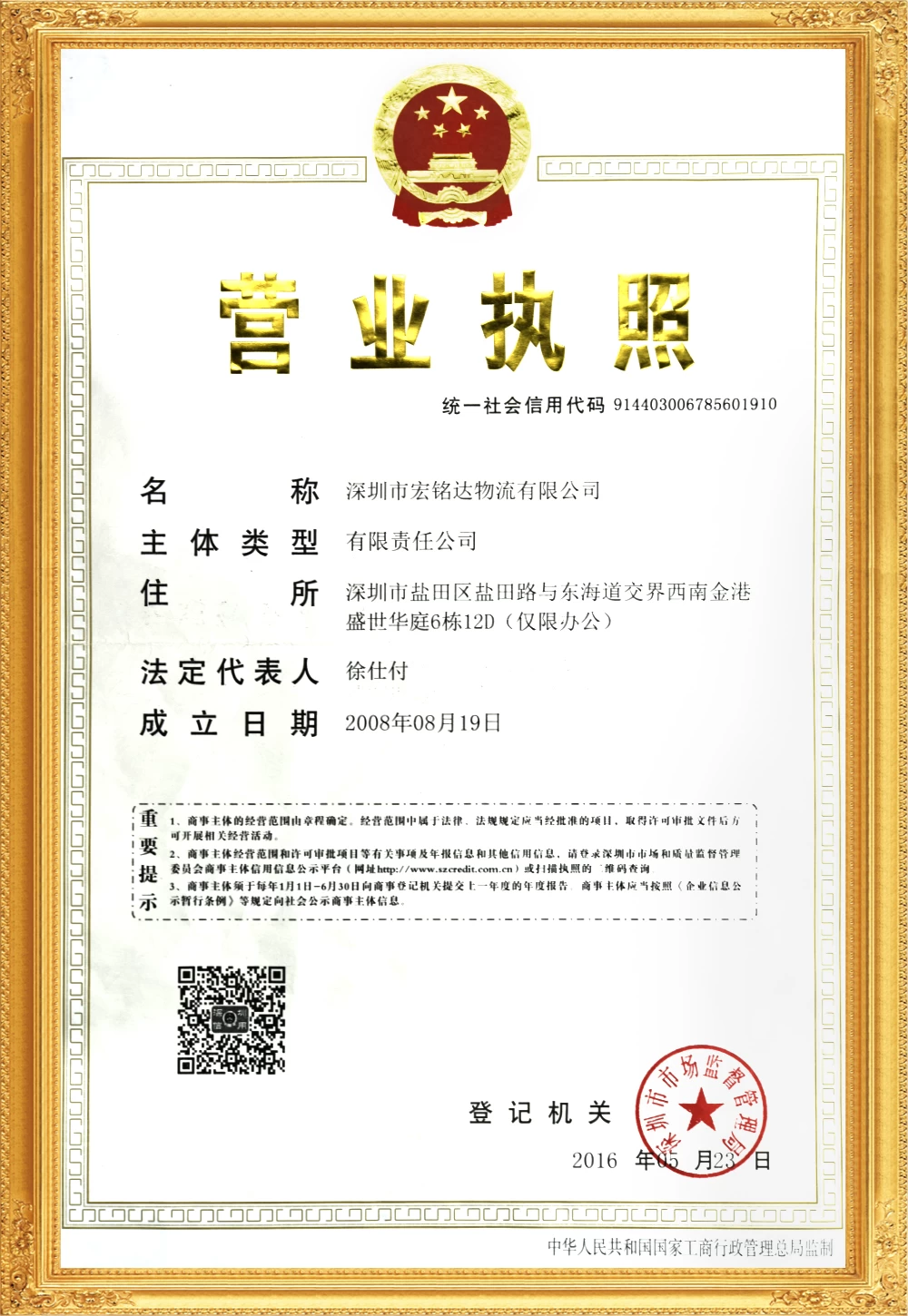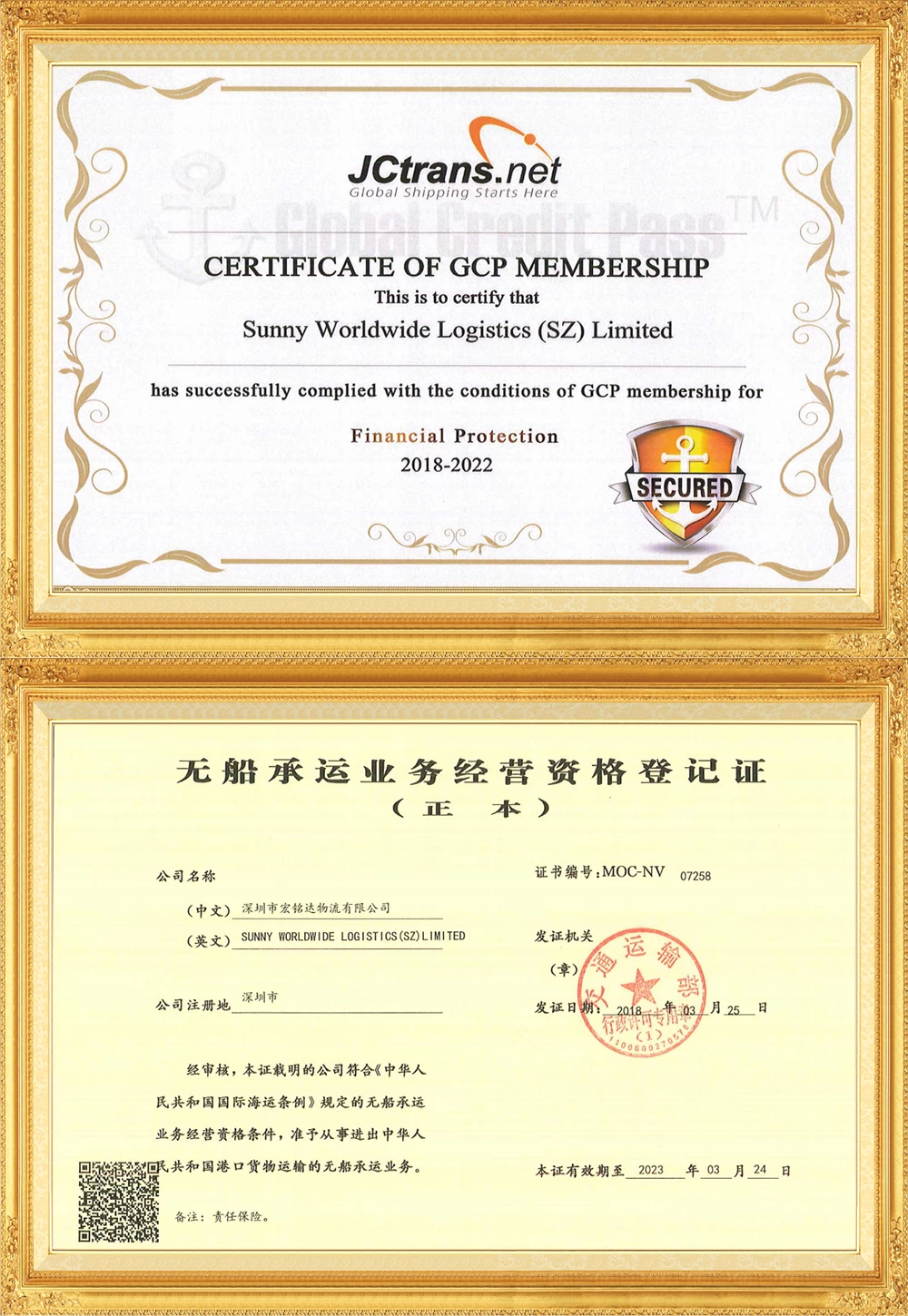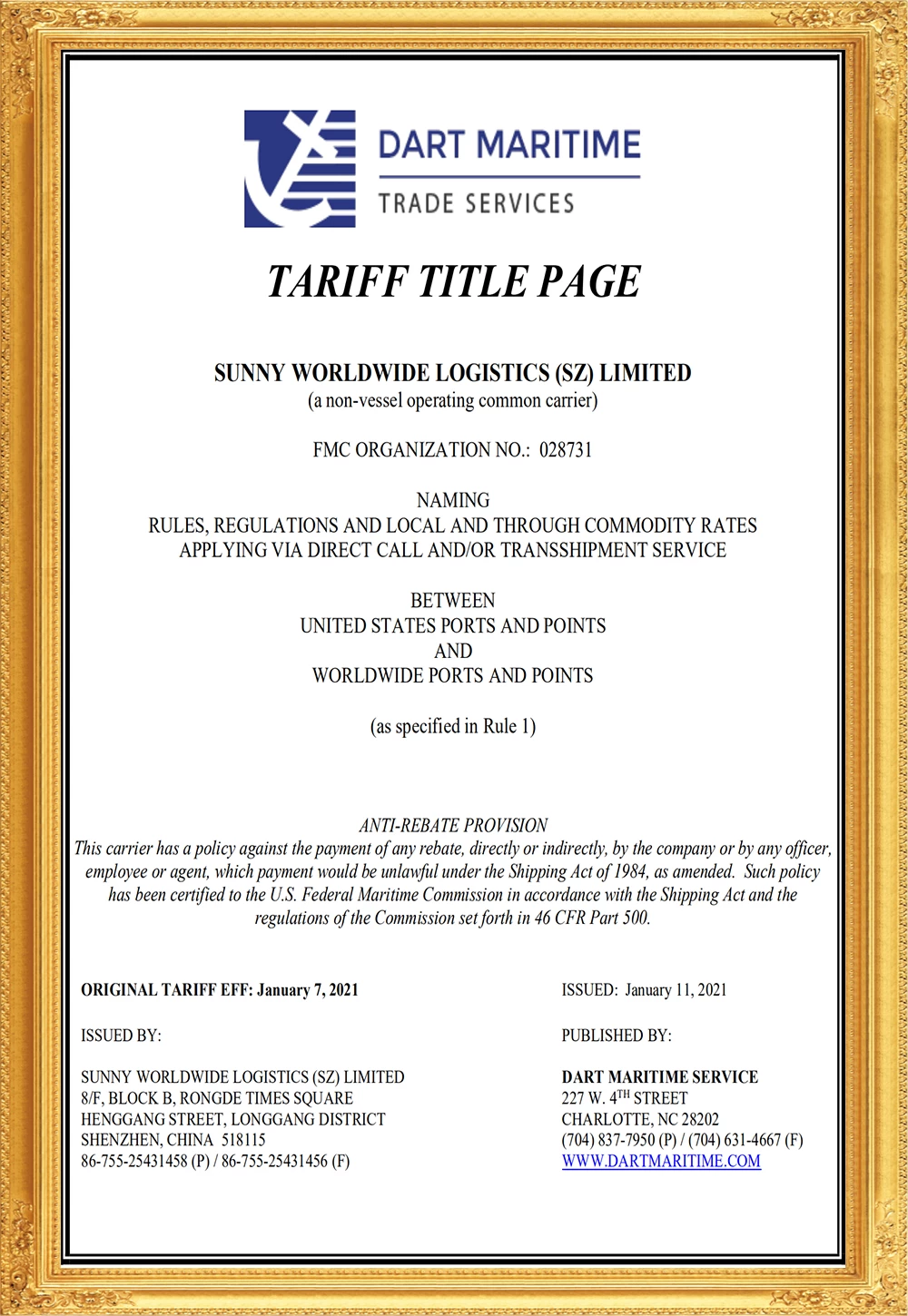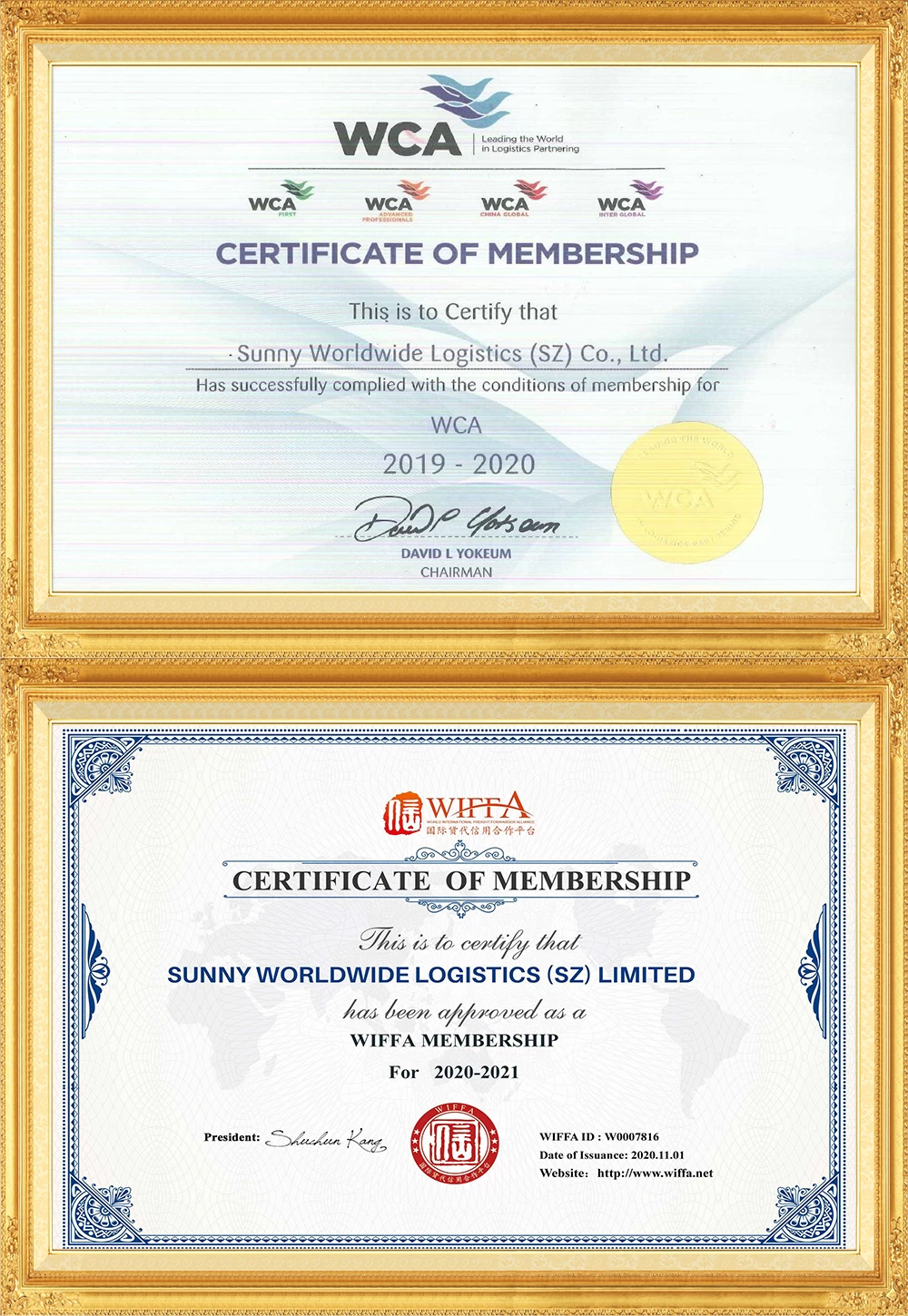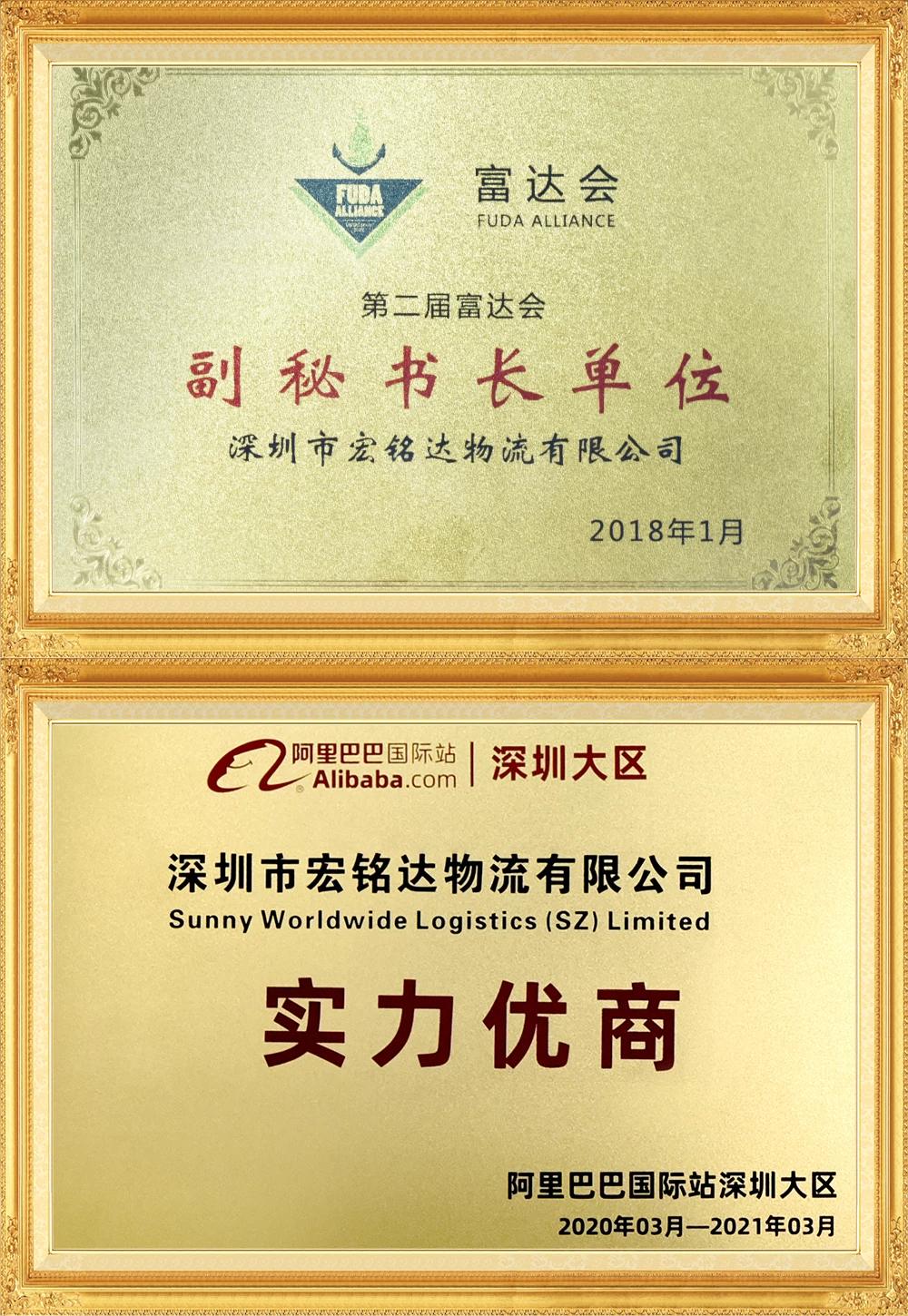What do FOB and FAS refer to in international trade?
What do FOB and FAS refer to in international trade?
FOB is one of the international trade terms. The full English name is Free On Board (...named port of shipment), which means free on board (...named port of shipment). It is commonly called free on board at the port of shipment. FOB is also known as "free on board" (price excluding freight).
01
Meet the criteria:
The FOB term is limited to shipping and domestic trade transportation.
02
Influencing factors:
The Seller may provide assistance in obtaining a bill of lading or other shipping document at the Buyer's request, risk and expense.
03
Features:
T/T (advance payment) and FOB trade terms are a commonly used combination that can effectively control potential risks under this trade term. Europe and the United States mostly choose FOB trade terms.
04
Obligations of Buyer and Seller:
The seller bears all risks until the goods are loaded on the ship, and the buyer bears all risks after the goods are loaded on the ship at the port of shipment. The FOB term requires the seller to clear the goods for export.
05
Calculation formula:
FOB={{1-[Refund rate/(1+VAT rate)]} × RMB tax-included price}/spot purchase price
FOB USD price = [FOB RMB price × (1 + tariff rate)] / USD spot buying price (if there are export tariffs)
06
Common misunderstandings:
The FOB term applies to situations where the seller is responsible for delivering the goods to the ship at the port of shipment. However, for some buyers, FOB may not be the best option, especially if there is limited experience with shipping and customs clearance procedures.
The FOB price only includes the transaction price of the goods on the ship at the loading port terminal, and does not include freight and insurance costs. Some buyers may mistakenly believe that the FOB price includes all fees, causing problems with subsequent payments and fees.
What is FAS?
FAS is one of the international trade terms. The full English name is Free Alongside Ship (...named port of shipment), that is, free along side the ship (...named port of shipment). It means that the seller delivers the goods stipulated in the contract to the designated port of shipment within the agreed time, and the buyer completes the delivery obligation at the ship designated by the buyer, such as placing it on a dock or barge.
01
Meet the criteria:
The FAS term applies only to sea transport methods.
02
Influencing factors:
The seller bears the risks and costs before delivery. These costs and operating fees will vary depending on the port, thus affecting the quotation.
03
Features:
The risks and charges between the buyer and seller are bounded by the ship's edge, and all risks and charges after delivery shall be borne by the buyer. In foreign trade, sellers often adopt the method of delivery beside the ship in order to exempt themselves from certain obligations.
04
Obligations of Buyer and Seller:
FAS requires the seller to clear export customs, but the seller is not obliged to clear import, pay any import taxes or go through any import customs formalities. The seller is responsible for signing an appropriate transportation contract with the carrier and ensuring that the ship arrives at the loading port on time.
05
Common misunderstandings:
The method of delivery is FAS if it is delivered to the shipside, and FCA if it is delivered to the carrier. Pay attention to the distinction.



